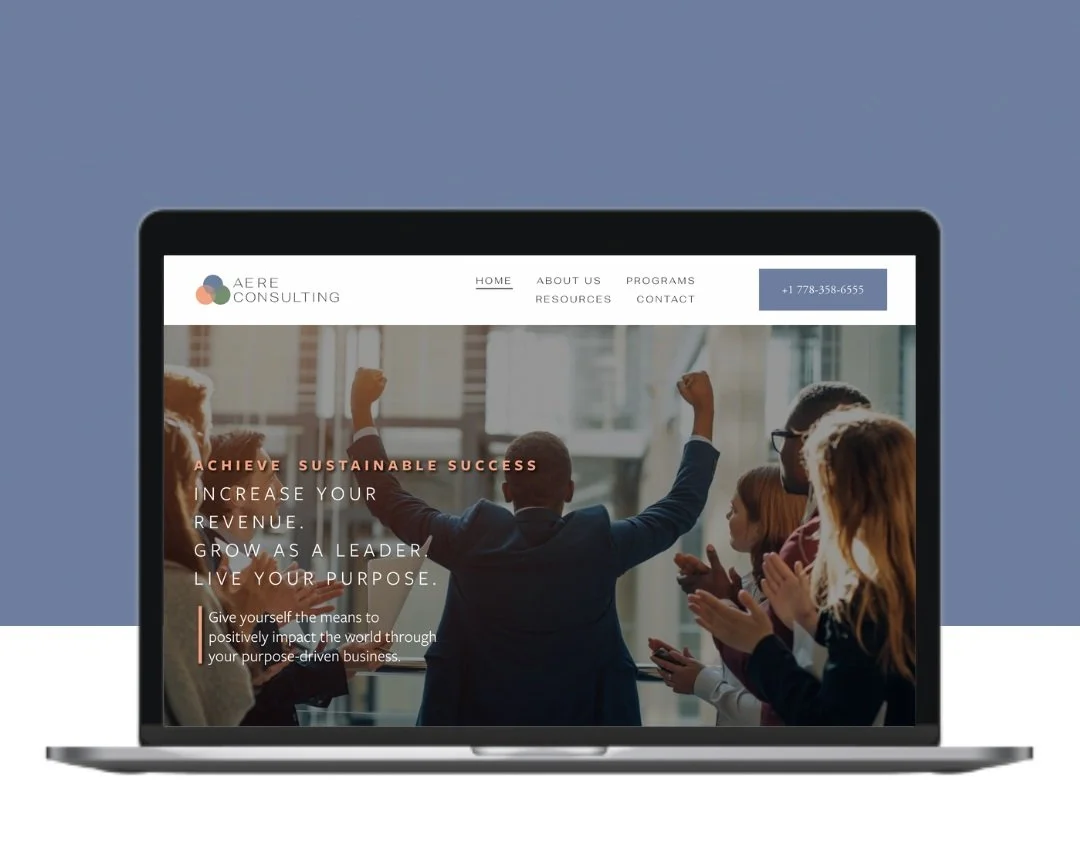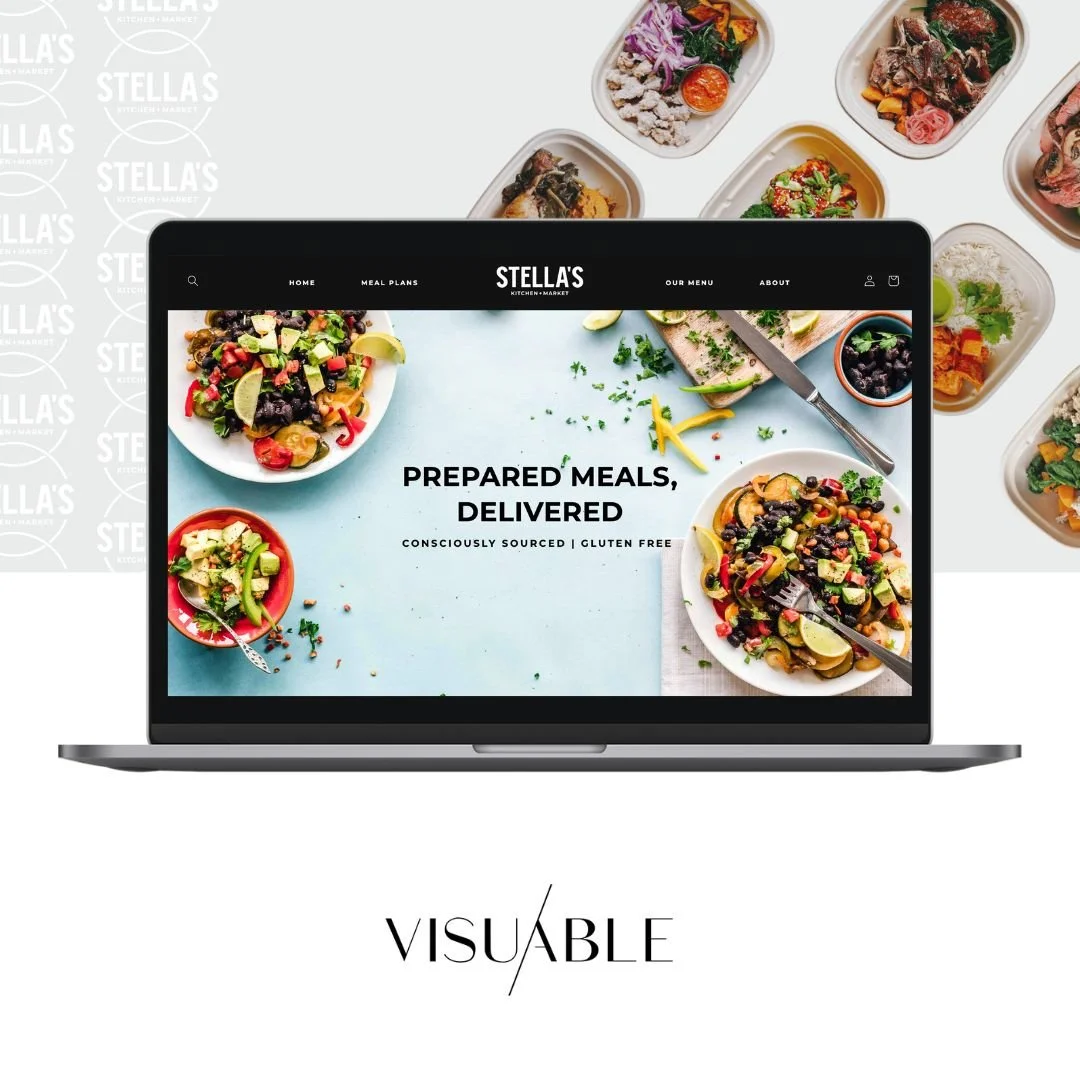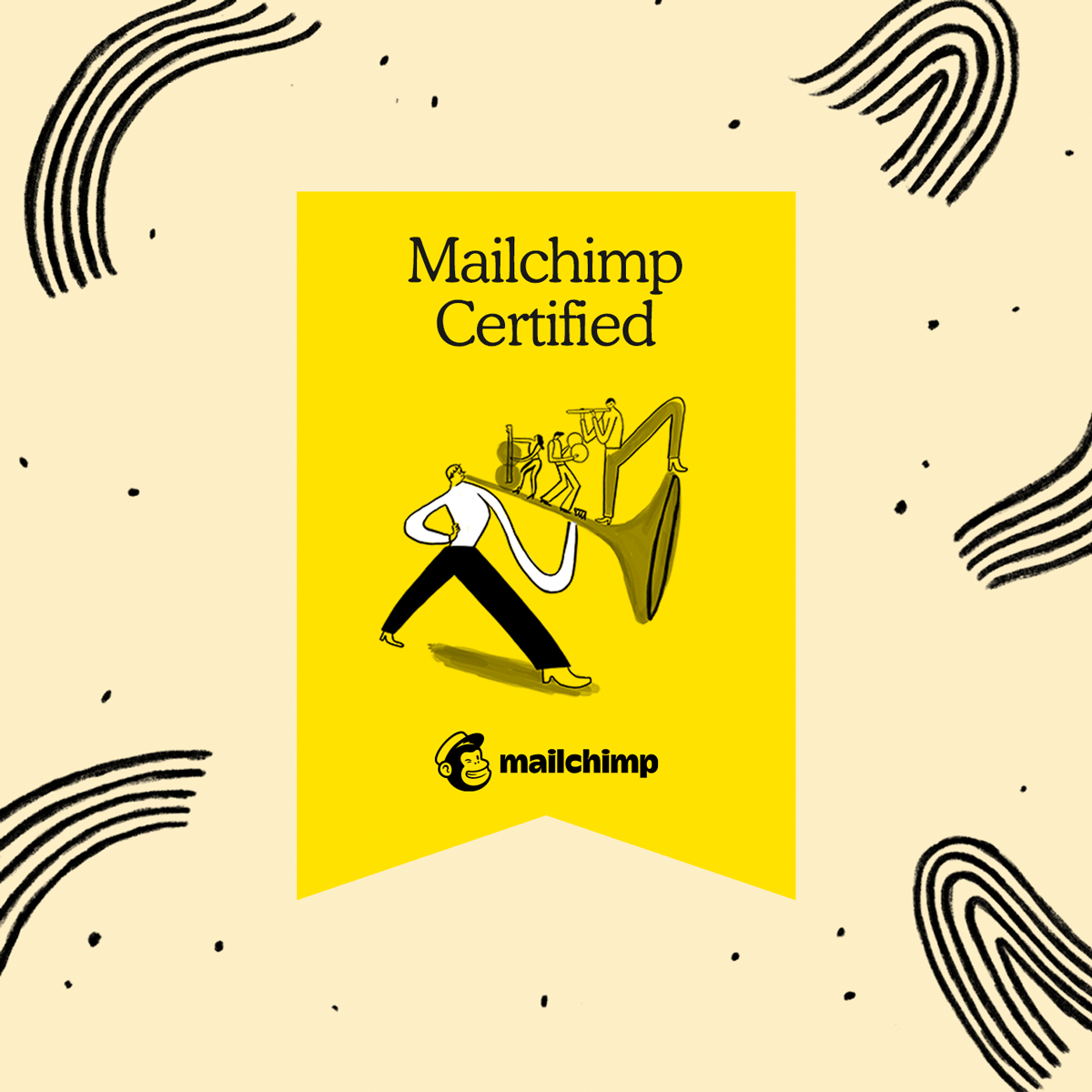Top Strategies to Build Recruitment Website: A Step-by-Step Guide
Need to build a recruitment website? Including case studies to illustrate client successes and enhance user experience is crucial. This guide provides clear steps, from key features to job posting management, to help you effectively build a recruitment website that attracts both candidates and clients. Highlighting the role of social proof in building trust with potential clients and candidates is also essential.
What are Recruitment Websites
Recruitment websites are a crucial part of a recruitment agency’s online presence, playing a key role in attracting and engaging potential candidates. A professional recruitment website not only increases your chances of connecting with top talent, but also offers a dedicated space to showcase your services and demonstrate your expertise.
In today’s digital age, having a thoughtfully designed recruitment website is essential for any agency looking to build its brand and grow its client base. It’s your digital handshake, setting the tone, building trust, and creating a lasting impression from the very first click.
By creating a user-friendly and visually engaging site, agencies can effectively communicate their values, simplify the hiring process, and foster meaningful relationships with both clients and candidates.
What is a Recruitment Website?
A recruitment website is an online platform that facilitates the hiring process, connecting employers with job seekers. It typically features job listings, company information, and application forms, as well as resources for employers and candidates. A recruitment website can be created by a recruitment agency or an individual recruiter, and can be used to manage the hiring process, attract and engage potential candidates, and establish the agency’s brand identity. By offering a centralised location for job postings and applications, these websites make it easier for candidates to find and apply for jobs, while also allowing employers to efficiently manage and track applications.
Importance of a Professional Recruitment Website
A professional recruitment website is a game-changer for any recruitment agency. It serves as the digital face of the agency, significantly enhancing visibility and showcasing core values and services to a broader audience. This is vital for attracting clients and job seekers alike.
Trust and credibility are paramount in the recruitment industry. A well-designed website helps potential applicants assess the agency’s trustworthiness, increasing the likelihood of applications. For agencies, a strong online presence demonstrates credibility to potential clients, leading to stronger business relationships.
Optimising the candidate journey on your website can help maintain a healthy recruitment pipeline. Such websites streamline processes, automate repetitive tasks, and improve operational efficiency. Good branding and clear company values attract new consultants, enhancing the agency’s reputation through candidate sourcing.
Identifying Key Features for Recruitment Websites
Identifying key features is a crucial step in building an effective recruitment website. A clean, user-friendly navigation system ensures visitors can find what they need quickly and easily, creating a seamless experience from the moment they land on your site. A well-structured job board acts as a bridge between candidates and employers, making it simple for job seekers to explore opportunities and connect with the right roles. When designed thoughtfully, these features don’t just enhance usability, they empower your audience to take the next step with confidence.
An optimized job listings page attracts both candidates and clients. Featuring filterable listings and user-friendly navigation makes the application process seamless. An Application Tracking System (ATS) streamlines the recruitment process by automating candidate management.
A recruitment website allows staffing agencies to reach a global audience, expanding their talent pool. Essential elements include a recruitment website design reflecting your brand identity and a landing page designed for hiring visitors into applicants through effective recruitment marketing on the best recruitment websites.
Steps to Build a Recruitment Website
Several key steps are involved in building a recruitment website. Defining your site’s requirements, choosing the right CMS platform, and designing the site structure all play crucial roles. Planning the website’s structure carefully can significantly lower the time to launch.
A well-designed website showcases the agency’s culture and values, appealing to candidates with similar priorities as a team. Let’s delve into each step to understand the process better.
First, define your requirements. Next, choose the right CMS platform, and finally, design the site structure for a seamless user experience. At Visuable, we create hassle-free Squarespace websites that are not only visually appealing but also optimised for recruitment marketing, ensuring your recruitment agency website stands out in the competitive market.
Define Your Requirements
Defining requirements is the first step in building your recruitment website. Determine your target audience, as their needs will drive the website design. Decide if you need a simple website with a few pages or a complex one with hundreds, based on your agency’s needs.
It is essential for recruitment teams to have the technical skills needed to manage and customise their websites.
Start by creating a simple and logical structure for your website that makes it easy for visitors to find what they’re looking for. Think of it like a well-organised bookshelf—everything has its place, and you can get to it without fuss. This clear layout helps users navigate with ease and also supports your site’s SEO.
SEO is all about making your website easier to find on Google. To do that, you’ll want to use SEO research tools like Ahrefs or SEMrush. These tools help you uncover the exact words and phrases (known as keywords) that people type into search engines when they’re looking for services like yours.
Assign a team member (or a small team) to take charge of your SEO content. Their first task? Finding what we call “seed keywords”, these are the broad, relevant terms that best describe what your site is about. Once you’ve found them, link each keyword to a specific page on your site. For example, use a keyword like “recruitment jobs in London” on your job board page, or “recruitment agency services” on your homepage.
To make things even clearer, create a simple keyword map. This is a document that shows which keywords go with which pages. It keeps your SEO strategy focused, ensures every page has a clear purpose, and helps you stay on track as your site grows.
When done right, this process improves how your website appears in search results, making it easier for potential clients and candidates to discover you. And ultimately, that means more of the right people finding their way to your site.
Choosing a Recruitment Website Builder
Choosing the right recruitment website builder is essential for creating a professional and effective recruitment website. A good website builder should be user-friendly, offer a range of templates and design options, and provide tools for managing job listings and applications. Some popular website builders for recruitment websites include WordPress, Wix, and Squarespace. When choosing a website builder, consider factors such as ease of use, customisation options, and integration with social media and other tools. A user-friendly builder will save time and effort, allowing you to focus on creating a site that effectively attracts and engages candidates. Additionally, look for builders that offer SEO tools to help your site rank well on search engines, further increasing your visibility.
Design the Site Structure
Designing the site structure is crucial to start building your recruitment website. Plan for SEO from the start to ensure your site ranks well on search engines. Careful structure planning can significantly reduce launch time.
Key design aspects include a simple design layout, ample white space, a limited colour scheme, 1-2 fonts, clear navigation, and accessible text. A well-structured template hierarchy enhances user navigation and experience, allowing users to easily navigate and contributing to a clean design in web design.
Pre-existing visitor journeys can save effort in planning user pathways. Recruitment website builders and templates help streamline the design process, enabling efficient site-building and allowing the builder to create effective user experiences that are designed for optimal engagement.
At Visuable, we not only create hassle-free Squarespace websites that are visually appealing but also optimise them for recruitment marketing. Our expert SEO services ensure your recruitment agency website stands out in the competitive market, driving organic traffic and enhancing your online presence. By leveraging our tailored SEO strategies, your site will rank well on search engines, attracting more clients and candidates to your agency.
Managing Job Postings Efficiently
Efficient management of job postings is essential for a professional recruitment website. Integrating job postings with a CRM system enhances recruitment process efficiency. Automating data synchronisation between job postings and CRM systems maintains accuracy and reduces manual errors.
To further support users, a range of support options is available, including 24/7 live chat assistance and dedicated communication channels.
Effective social media integration expands outreach and improves candidate engagement with potential candidates. Sharing job postings on social media significantly increases visibility and attracts a wider audience.
Analytics and reporting tools provide insights that enhance recruitment strategies. Google for Jobs schema boosts organic traffic to job postings. External job board multi-posters reach multiple platforms simultaneously, saving time and expanding reach.
Using Job Boards to Supplement the Website
Job boards are a great way to expand the reach of your recruitment website and connect with a broader audience. They give your listings extra visibility, helping you attract more qualified candidates. By sharing your vacancies on platforms like Indeed, LinkedIn, or Glassdoor, you increase your chances of finding the right fit faster.
When choosing where to post, it’s important to think strategically. Consider factors like posting costs, who each platform reaches, and how competitive the space is. For example, a niche board might give you fewer applicants, but they could be a better match.
Using job boards alongside your recruitment website allows you to cast a wider net—ensuring your opportunities are seen by a more diverse, engaged pool of candidates. It’s all about meeting the right people where they already are, while guiding them back to your site to take the next step.
Prioritise User Experience and Mobile Usability
User experience and mobile usability are critical for recruitment websites. Mobile responsiveness ensures your site functions well on various devices, essential as many users access these sites via smartphones. Responsive design ensures your site works effectively on various screen sizes.
Fast loading times enhance user satisfaction and retention on mobile websites. Early usability tests can identify and rectify potential issues before launch. Testing mobile prototypes reveals usability problems before development, saving time and resources.
Real-time user feedback during development phases leads to a more user-centric design. Touch-friendly navigation improves user experience on mobile devices.
Ensuring Site Performance and Security
Ensuring the performance and security of a recruitment website is crucial for providing a good user experience and protecting sensitive data. This can be achieved by using a reliable website builder, optimising images and content, and using security measures such as SSL encryption and DDoS protection. Regular updates and backups can also help to ensure the site remains secure and performs well. By prioritising site performance and security, recruitment agencies can establish trust with their users and protect their reputation. A fast-loading, secure website not only enhances user satisfaction but also improves your site’s ranking on search engines, making it easier for potential clients and candidates to find you.
Creating Engaging Content
Engaging content optimises a recruitment website. Engaging content and SEO best practices attract visitors and keep them on your site. Candidate resources aid job seekers and enrich their experience.
Tailored content for candidates, clients, and new clients effectively engages diverse audiences through marketing to attract more clients. Content should be categorised to provide valuable insights tailored to user interests with a focus on their needs and solutions. Strong branding and testimonials significantly enhance visitor trust.
Online tools like Canva, Pexels, and Unsplash are great resources for finding high-quality, royalty-free images, meaning you can use them without worrying about copyright. These visuals help enhance the look and feel of your site.
Updating your website content regularly improves the overall user experience and supports SEO (Search Engine Optimisation), which makes your site easier to find on Google.
Adding internal links, hyperlinks that connect different pages on your own site, also signals to search engines that your site is well-structured and trustworthy, boosting your credibility online.
Real-Life Examples of Successful Recruitment Websites
1. Wander
Wander is a recruitment agency that specialises in connecting purpose-driven brands with candidates who share similar values. This makes it a standout example of a recruitment-focused website. The site features a strategic layout and strong branding designed to attract both employers and candidates who prioritise values and purpose in their careers. Wander's approach highlights the importance of aligning company values with candidate aspirations, making it a great model for recruitment websites aiming to foster meaningful connections.
2. Aere Management Consulting
Though primarily a business consultancy, Aere Management Consulting emphasises team recruitment as a key service. This showcases their commitment to talent acquisition as an integral part of their broader consultancy offerings. Their website serves as an excellent example of how recruitment can be seamlessly integrated into a larger service suite, providing inspiration for agencies looking to highlight recruitment within a diverse range of services. Aere's focus on recruiting top talent underscores the value of presenting recruitment as a core component of business success.
Summary
Building a professional recruitment website is a multifaceted process that involves careful planning, selecting the right tools, and designing for user experience. The importance of having a dedicated recruitment website cannot be overstated—it promotes your brand, wins business, and enhances trust among candidates and clients.
Partnering with modern, tech-focused companies can further enhance your credibility and collaboration within the recruitment sector.
From defining your requirements to choosing a suitable CMS platform and designing an engaging site structure, each step is crucial to the overall success of the website. Managing job postings efficiently and prioritising user experience and mobile usability further enhance the functionality and user satisfaction of your recruitment website.
Creating engaging content and drawing inspiration from successful recruitment websites can help your site stand out in the competitive recruitment industry. Now, it’s time to take action and start building your own recruitment website that will transform your hiring process and elevate your agency’s presence.
Frequently Asked Questions
Why is a professional recruitment website important?
A professional recruitment website is super important because it boosts your visibility and builds trust with clients and job seekers. Plus, it automates processes, making everything run smoother and more efficiently.
What are the key features of a recruitment website?
A recruitment website should have user-friendly navigation, a clear job board, optimised job pages, and an Application Tracking System (ATS) to streamline the hiring process. These features make it easier for both job seekers and employers to connect effectively.
What are the steps to build a recruitment website?
To build a recruitment website, start by defining your site requirements and choosing a CMS platform that fits your needs. Then, design the site structure to ensure it’s user-friendly and focused on your hiring goals.
How can I manage job postings efficiently?
To manage job postings efficiently, integrate them with a CRM system and use social media tools for better reach. Don't forget to leverage multi-posters for job boards to save time!
How important are user experience and mobile usability?
User experience and mobile usability are super important; they make sure your website is friendly and easy to use on phones, which keeps visitors happy and engaged. If you want success online, focusing on these aspects is a must!
Ready to Build a Recruitment Website That Drives Results?
At Visuable, we help recruitment agencies create stunning, conversion-optimised websites that attract top talent and win new business. Whether you're just getting started or looking to redesign your existing site, our team is here to bring your vision to life.
Let’s build a site that not only looks amazing but also drives real results.




































